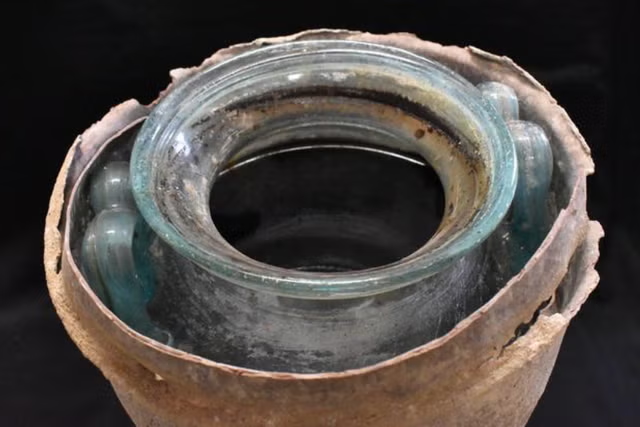NASA's SpaceX Crew-9 mission arrived at the International Space Station on Sunday evening after blasting off into space on Saturday, despite a mishap with the Falcon 9 rocket.
NASA astronaut Nick Hague and Roscosmos cosmonaut Aleksandr Gorbunov traveled to the ISS aboard a SpaceX Dragon capsule, leaving two seats empty to return the stranded Boeing Starliner astronauts to Earth in February.
The Crew-9 Dragon docked successfully at the ISS, but the second stage of the Falcon 9 rocket that launched it into orbit reportedly experienced an issue after it detached from the Dragon capsule.
"After today's successful launch of Crew-9, Falcon 9's second stage was disposed in the ocean as planned, but experienced an off-nominal deorbit burn. As a result, the second stage safely landed in the ocean, but outside of the targeted area," SpaceX posted to X.
"We will resume launching after we better understand root cause," it said, implying that the rocket would be out of use for a while.
This isn't the first time this year that Falcon 9 rockets have been grounded due to faults. In July, an oxygen leak from the upper stage resulted in 20 of SpaceX's Starlink internet satellites being deployed into too low of an orbit, and in August, the Falcon 9 first stage failed to successfully land, toppling over and catching fire, both of which led to the use of the rocket being temporarily paused.
Luckily, this fault only emerged after the astronauts had been safely dropped off at the ISS, where they will remain until February next year. They were greeted by the nine astronauts already present on the space station, which includes the four SpaceX Crew-8 members, three astronauts who came up on the Soyuz MS-26, and Suni Williams and Butch Wilmore, NASA astronauts who flew to the station in June aboard the malfunctioning Boeing Starliner.
Boeing's Starliner experienced propulsion system problems and helium leaks on its maiden voyage to the ISS. While it eventually made it to the space station, NASA and Boeing decided to return the capsule to Earth without the astronauts on board in early September, leaving them on the ISS indefinitely.
It was eventually decided that Williams and Wilmore would return to Earth alongside the Crew-9 astronauts when they return in their Dragon capsule in February, which is why Crew-9 only consisted of two astronauts rather than the usual four.
"We talked a lot about what to do in terms of when to rotate them back down," Steve Stich, NASA's Commercial Crew Program manager, said in a news conference on Friday, as reported by CNN. "When we look at the vehicles that we have ready—and the flights—it just made a lot of sense to rotate them back down with Crew-9 and have the two empty seats. Obviously the Crew-8 vehicle wasn't the right time to bring them back down."
"We could schedule it a little shorter, but we'd have to have another vehicle ready. So when we worked with SpaceX, that next vehicle for Crew-10 that's going to be in the February time frame, that's a brand-new Dragon we're trying to get ready," Stich said. "We'd like to fly that Dragon and space out the flights across the Dragons. And so really that's the reason we'll just keep Butch and Suni there a little longer."
Do you have a tip on a science story that Newsweek should be covering? Do you have a question about astronauts? Let us know via science@newsweek.com.
Disclaimer: The copyright of this article belongs to the original author. Reposting this article is solely for the purpose of information dissemination and does not constitute any investment advice. If there is any infringement, please contact us immediately. We will make corrections or deletions as necessary. Thank you.



